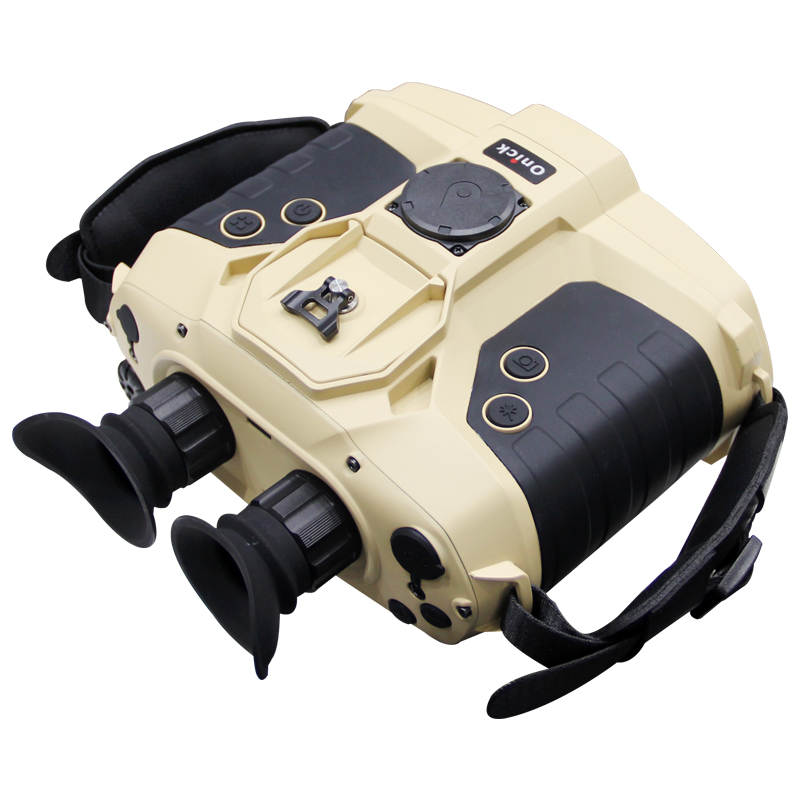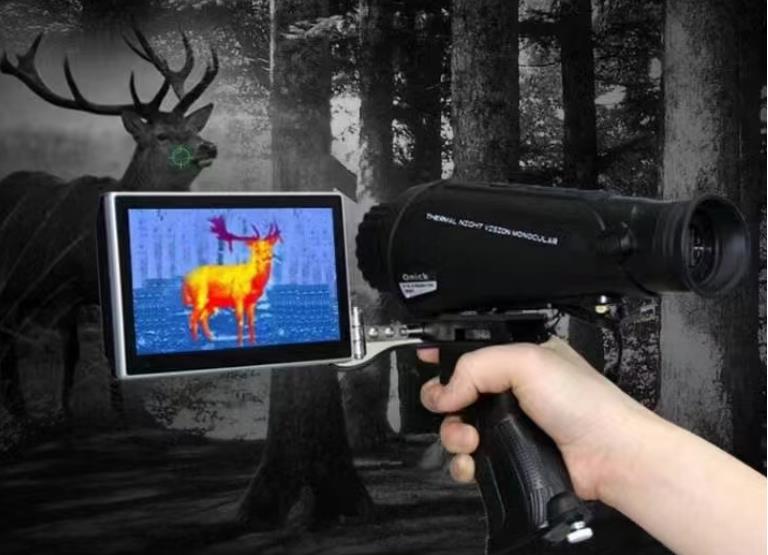Thermal imaging night vision goggles and night vision goggles are two of the most commonly used equipment in low light conditions. They allow the users to have a better idea of their surroundings and enhances their situational awareness. In this blog, we will be discussing the advantages and disadvantages of using thermal imaging night vision goggles and night vision goggles.

Advantages of Thermal Imaging Night Vision Goggles:
1. Help detect heat signatures: The thermal imaging technology allows the user to detect the heat signatures of objects in the dark, which makes it easier to track targets.
2. Enhanced situational awareness: The thermal imaging technology helps the user to identify the target and differentiate between human and animal heat signatures, giving better situational awareness.
3. No need for ambient light: The thermal imaging night vision goggles do not require any ambient light to function, which means they can be used in total darkness.
4. Improved target acquisition: The thermal imaging technology provides a clearer image, making it easier to identify and acquire targets.
Disadvantages of Thermal Imaging Night Vision Goggles:
1. Expensive: Thermal imaging night vision goggles are significantly more expensive than traditional night vision goggles.
2. Limited range: The effectiveness of thermal imaging technology is limited, making it difficult to identify targets at long ranges.
3. Not suitable for all environments: The thermal imaging technology may not be useful in environments where the temperature difference between the target and the environment is minimal.

Advantages of Night Vision Goggles:
1. Enhanced Vision: Night vision goggles allow users to see in low-light environments, which enhances their vision and situational awareness.
2. Affordable: Night vision goggles are more affordable than thermal imaging night vision goggles, which makes them accessible to a broader audience.
3. Effective at close range: Night vision goggles are relatively effective at close ranges, which makes them suitable for a variety of tasks.
Disadvantages of Night Vision Goggles:
1. Limited range: Like thermal imaging night vision goggles, traditional night vision goggles are ineffective at long ranges.
2. High power consumption: Night vision goggles require a significant amount of battery power to operate, making them heavy to carry and less mobile.
3. Limited color vision: Night vision goggles provide users with a monochrome image, which can make target identification more challenging.
In conclusion, both thermal imaging night vision goggles and traditional night vision goggles have their advantages and disadvantages. The choice of equipment should depend on the user's specific requirements and the environment in which they will be operating. While thermal imaging night vision goggles are more expensive, they offer an advantage in target acquisition and detection. Traditional night vision goggles are more affordable and can effectively enhance the user's vision in low-light environments.


